Remarkable Underground City Of Nushabad: A Masterpiece Of Ancient Architecture
A. Sutherland - AncientPages.com - The underground city of Nushabad, known as Ouyi to locals is located 8 km north of Kashan in Esfahan province, central Iran. It's a truly fascinating ancient place.
Nushabad underground city is considered to be one of the most remarkable underground cities in the world and a masterpiece of ancient architecture.
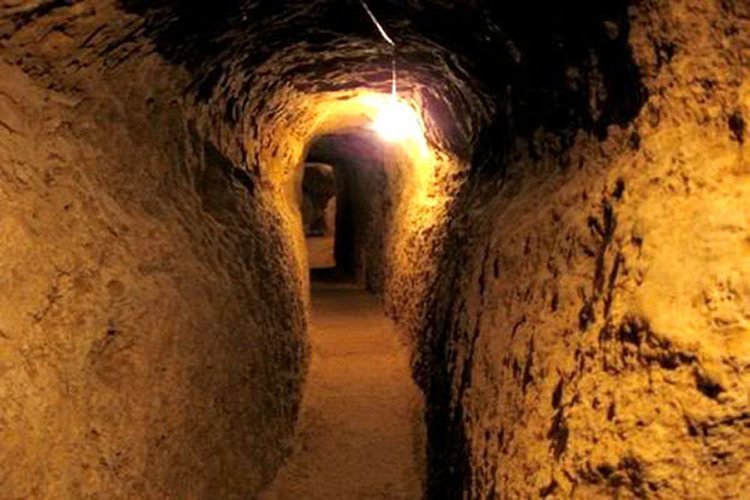
People could live in underground passages and room for several days without the need of going outside. Photo credits: Iran Front Page
There is also a reason why the city is called Nushabad ("city of cold tasty water"). In ancient times, one of the Sassanian kings was passing through the area and stopped to drink water from a well. As this water extremely clear and cold, the ordered to build a city around the well and name it Anoushabad which eventually became known as Nushabad.
Historical evidence indicates that Nushabad was mainly used as a shelter by people during the Mongol invasion in Iran in the 13th century and remained in use in emergency cases until the late Qajar dynastic period (1787-1921).
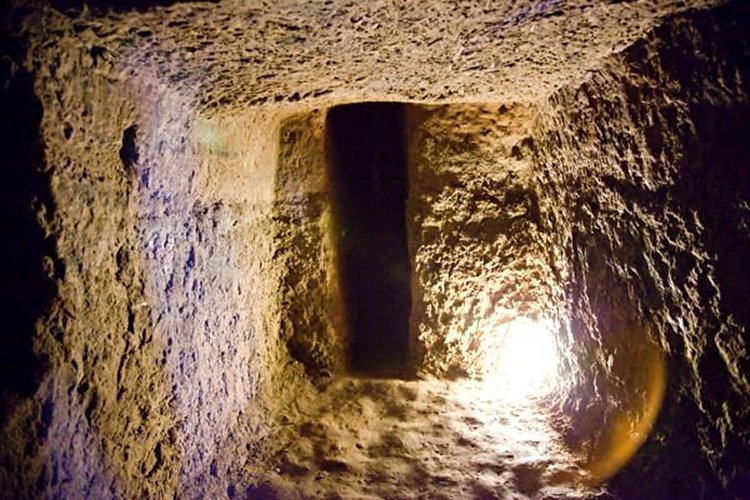
The three levels in this underground city were cleverly planned in a way that going to the different levels required moving from down to up. Photo credits: Iran Front Page
Some years ago, archaeologists made several interesting discoveries in the underground city of Nushabad. The excavations resulted in the discovery of large numbers of historic evidence including earthenware vessels and stone instruments dated to Sassanid (224-651 CE), Ilkhanid (1256-1336), and Safavid (1501-1736) dynastic periods.
They also found intricate canals, a number of chambers with different plans constructed in different stories, staircases, wells, and the path of aqueducts inside the city. It soon became obvious that different levels of this city were connected to each other through vertical and horizontal canals.
There are also some big stones similar to millstones next to every canal which were closed down while people were hiding in the lower stories.
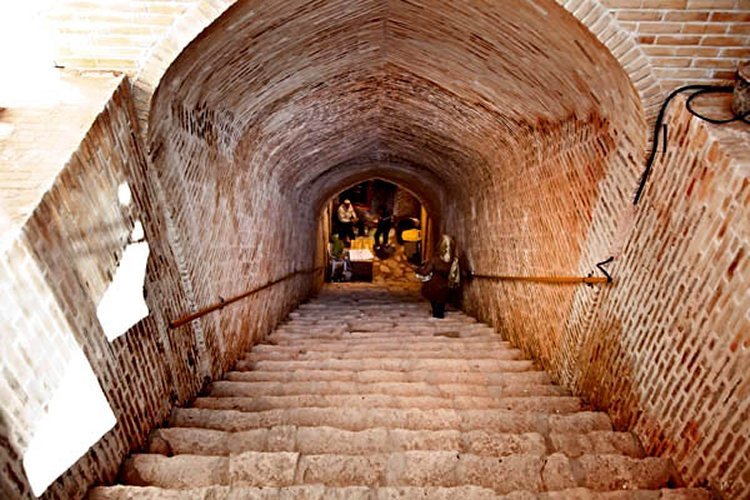
The three levels in this underground city were cleverly planned in a way that going to the different levels required moving from down to up. Photo credits: Iran Front Page
Excavations of Noushabad revealed that the ventilation system used in the underground city, through devising canals made it possible for the refugees to breathe even at a depth of 20 meters below the ground. The underground city was a perfect shelter for all people in need.
The depth of this underground city varies from 4 to 18 meters and the different spaces formed by carving the rocks seem a little frightening.
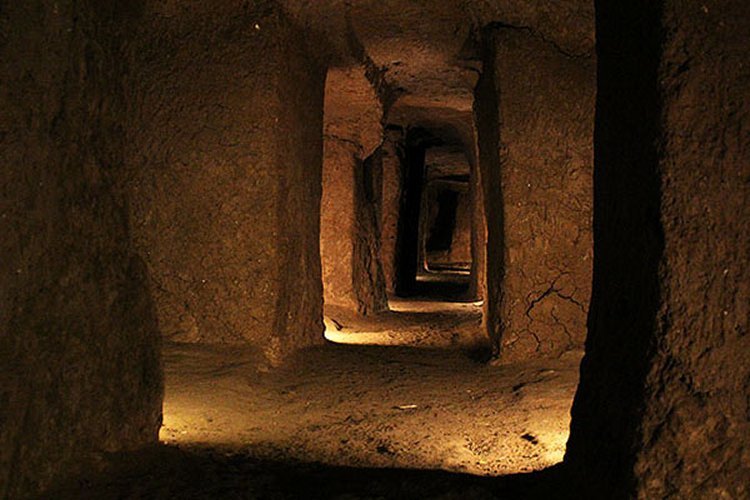
Ventilation system used in the underground city through devising canals made it possible for the refugees to breathe even at a depth of 20 meters below the ground. Photo credits: Iran Front Page
In order to reach the underground city, there were several different openings. Some of these openings were located inside the houses of people while others were located in important gathering places such as the main fort just outside the city.
People could live in underground passages and room for several days without the need of going outside. The three levels of the city were cleverly planned in a way that going to the different levels required moving from down to up.
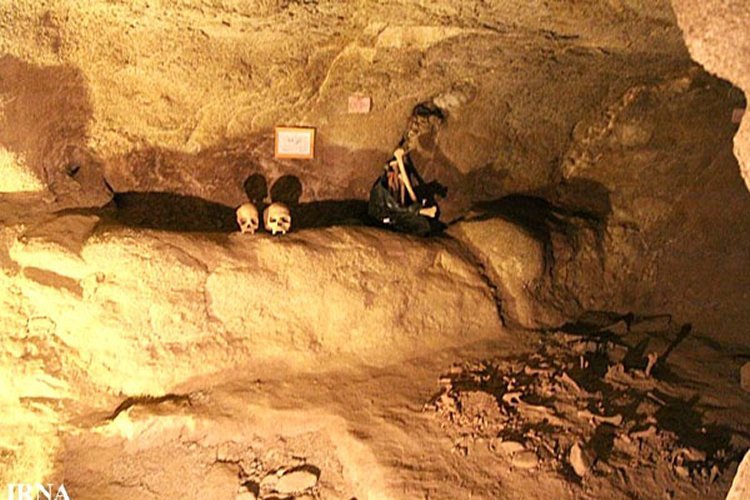
The special usage of this underground city as a place where people could take shelter defined its architectural plan. Credits: Iran Front Page
This made it easier for the people sheltering in the underground city to prevent enemies from getting to the upper levels. Another interesting feature of their architecture was the curvy passages that made it possible for the inhabitants to ambush enemies.
Except for the main entrance, all the other parts of the city were about 170-180 centimeters in height to let people pass without any problem and several raised platforms were created in some walls for the people to sit.
Digging of deep holes in the middle of the rooms and covering them with rotating stones that would fall down if anyone stepped on them, was one of several tricks used to resist enemies and protect people in the underground city.
Written by – A. Sutherland AncientPages.com Staff Writer
Copyright © AncientPages.com All rights reserved. This material may not be published, broadcast, rewritten or redistributed in whole or part without the express written permission of AncientPages.com
Expand for referencesMore From Ancient Pages
-
 Scientists In Antarctica Encounter Something Very Strange
Featured Stories | Mar 9, 2020
Scientists In Antarctica Encounter Something Very Strange
Featured Stories | Mar 9, 2020 -
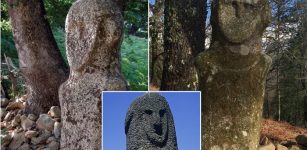 Corsica: ‘The Island Of Statue-Menhirs’ – Where Humans Lived At Least 7,000 BC
Featured Stories | Feb 28, 2024
Corsica: ‘The Island Of Statue-Menhirs’ – Where Humans Lived At Least 7,000 BC
Featured Stories | Feb 28, 2024 -
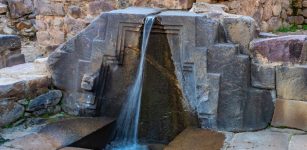 Incamisana Water Temple At Ollantaytambo, Peru: Marvelous Engineering Masterpiece Of Inca
Ancient Technology | Jul 19, 2019
Incamisana Water Temple At Ollantaytambo, Peru: Marvelous Engineering Masterpiece Of Inca
Ancient Technology | Jul 19, 2019 -
 Illuminati: Facts And History About The Secret Society
Featured Stories | Mar 30, 2017
Illuminati: Facts And History About The Secret Society
Featured Stories | Mar 30, 2017 -
 Forbidden Knowledge: Secret Ancient Gates Of The Shining Ones – Geomantic Energy Vortices – Part 2
Featured Stories | Jul 16, 2019
Forbidden Knowledge: Secret Ancient Gates Of The Shining Ones – Geomantic Energy Vortices – Part 2
Featured Stories | Jul 16, 2019 -
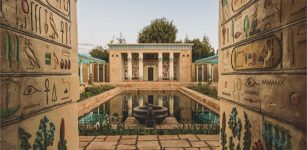 World’s First Recreated Ancient Egyptian Garden Is Now Open To The Public
News | May 17, 2022
World’s First Recreated Ancient Egyptian Garden Is Now Open To The Public
News | May 17, 2022 -
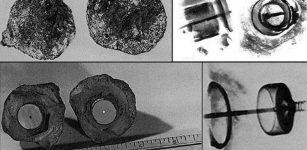 Mystery Of The Coso Artifact: A Spark Plug Or A Genuine Example Of Advanced Antediluvian Technology?
Ancient Technology | Sep 9, 2014
Mystery Of The Coso Artifact: A Spark Plug Or A Genuine Example Of Advanced Antediluvian Technology?
Ancient Technology | Sep 9, 2014 -
 Mysterious White Chinese May Be Related To Ancient Roman Soldiers – Did Marcus Crassus’ Army Settle Down In The Gobi Desert?
Civilizations | Dec 29, 2017
Mysterious White Chinese May Be Related To Ancient Roman Soldiers – Did Marcus Crassus’ Army Settle Down In The Gobi Desert?
Civilizations | Dec 29, 2017 -
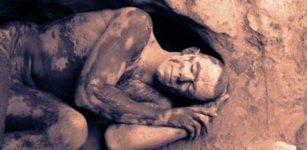 How Did Ancient People Wake Up On Time Before The Alarm Clock Was Invented?
Ancient History Facts | Jan 4, 2021
How Did Ancient People Wake Up On Time Before The Alarm Clock Was Invented?
Ancient History Facts | Jan 4, 2021 -
 World’s Oldest Shoes: Some Look Surprisingly Modern
Artifacts | Jun 22, 2023
World’s Oldest Shoes: Some Look Surprisingly Modern
Artifacts | Jun 22, 2023 -
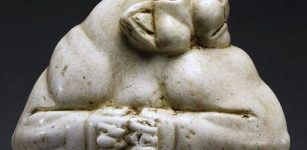 Amazing ‘Guennol Lioness’ – One Of The Greatest Ancient Works Of Art Of All Time
Artifacts | Sep 6, 2018
Amazing ‘Guennol Lioness’ – One Of The Greatest Ancient Works Of Art Of All Time
Artifacts | Sep 6, 2018 -
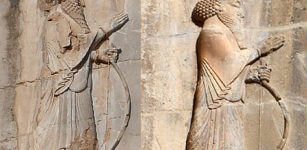 Naqsh-e Rostam: Spectacular Tomb Complex With Rock Reliefs From Elamite To Sasanian Times
Civilizations | Nov 15, 2018
Naqsh-e Rostam: Spectacular Tomb Complex With Rock Reliefs From Elamite To Sasanian Times
Civilizations | Nov 15, 2018 -
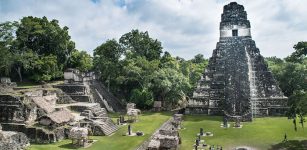 Unexpected Danger Lurks Beneath Ancient Maya Cities – Mercury Pollution Discovered
Archaeology | Sep 23, 2022
Unexpected Danger Lurks Beneath Ancient Maya Cities – Mercury Pollution Discovered
Archaeology | Sep 23, 2022 -
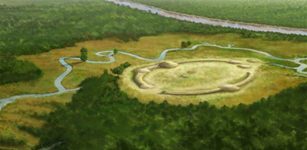 Mysterious Watson Brake: Old Mound Complex In North America With Earthworks Raised For Unknown Purpose
Civilizations | Feb 21, 2018
Mysterious Watson Brake: Old Mound Complex In North America With Earthworks Raised For Unknown Purpose
Civilizations | Feb 21, 2018 -
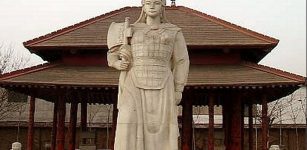 Lady Fu Hao: Brave Warrior Skilled Strategist And China’s First Female General
Featured Stories | Mar 9, 2019
Lady Fu Hao: Brave Warrior Skilled Strategist And China’s First Female General
Featured Stories | Mar 9, 2019 -
 Secret Ancient Knowledge Of Venus – Ancient Gods, Giants And More Controversial Theories – Part 2
Featured Stories | Jul 2, 2018
Secret Ancient Knowledge Of Venus – Ancient Gods, Giants And More Controversial Theories – Part 2
Featured Stories | Jul 2, 2018 -
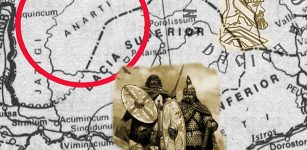 Anartes: Forgotten Celtic Tribe And The Hercynian Forest With Strange Animals
Civilizations | Jun 14, 2016
Anartes: Forgotten Celtic Tribe And The Hercynian Forest With Strange Animals
Civilizations | Jun 14, 2016 -
 Anansi The Spider: Trickster And Spirit Of Knowledge In African Mythology
African Mythology | Jul 20, 2016
Anansi The Spider: Trickster And Spirit Of Knowledge In African Mythology
African Mythology | Jul 20, 2016 -
 Battle Of Cape Ecnomus: One Of The Greatest Naval Battles In History
Ancient History Facts | Jun 17, 2019
Battle Of Cape Ecnomus: One Of The Greatest Naval Battles In History
Ancient History Facts | Jun 17, 2019 -
 Okanagan Indians’ Myth Of A Lost Island Paradise Inhabited By White Giants – Are Their Descendants Living In British Columbia?
Featured Stories | Dec 29, 2020
Okanagan Indians’ Myth Of A Lost Island Paradise Inhabited By White Giants – Are Their Descendants Living In British Columbia?
Featured Stories | Dec 29, 2020
